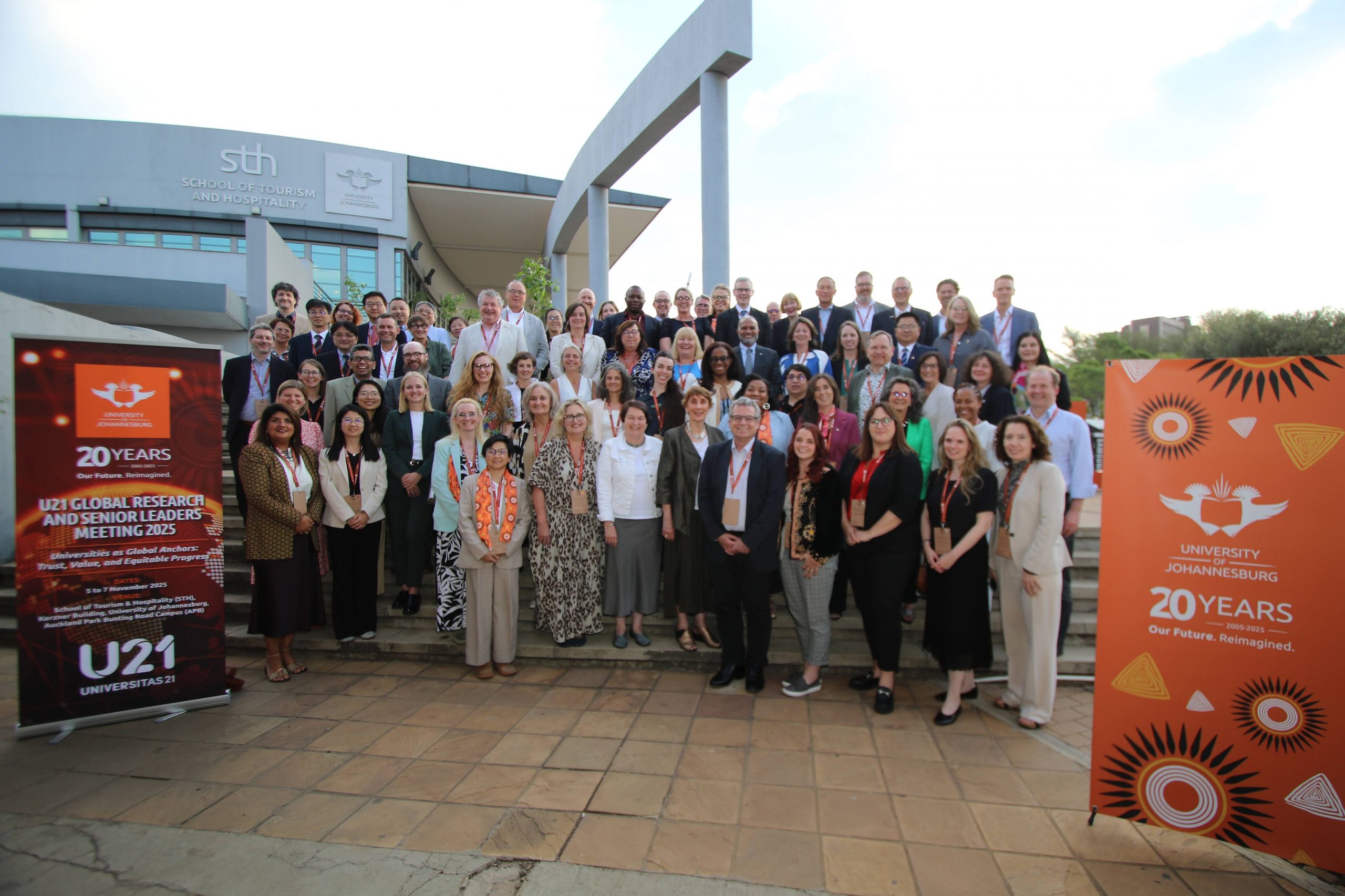 UConn will soon begin work on a new water reclamation facility that will enable the University to utilize hundreds of thousands of gallons of treated waste water every day in an environmentally-friendly way. The move represents an important step in UConn’s long-term water usage strategy.
UConn will soon begin work on a new water reclamation facility that will enable the University to utilize hundreds of thousands of gallons of treated waste water every day in an environmentally-friendly way. The move represents an important step in UConn’s long-term water usage strategy.
The new facility will use a tertiary treatment process for the University’s waste water. This process uses microfiltration and ultraviolet disinfection, which will allow UConn to divert a maximum of 1 million gallons of non-potable – not drinkable – water each day to meet campus needs that don’t require fresh water.
First among them is the CoGen power plant, which provides most of the power for the Storrs campus. CoGen uses anywhere between 250,000 and 450,000 gallons of water each day – depending on demand – which is needed to cool the turbines that create power. This is currently done using potable water. The reclaimed water facility will allow the University to use the treated non-potable water to meet this need instead, freeing up thousands of gallons of potable water. The reclaimed water can also be used for irrigation.
“This will be the first facility of its kind in Connecticut,” said Thomas Callahan of UConn’s Administration and Operations office, which is spearheading the project. “This represents a better way to manage the different demands on our water supply in a way that is very environmentally-friendly.”
On average, the University currently uses about 1.3 million gallons of water each day on the Storrs campus. Once completed, the reclaimed water facility will immediately help the University meet water demands and will also provide an important new source of supply for meeting the University’s long-term non-potable needs. UConn, in partnership with the Town of Mansfield, is also evaluating options to meet the area’s long-term drinking water requirements, including interconnecting the University’s water supply system with one or more of the region’s nearby water systems.
“Water reclamation is a way to strategically expand and better utilize our water supply,” said Callahan. “By matching reclaimed water with existing and future non-potable system demands, this facility will substantially extend our drinking water resources by around 20 percent, which is particularly important as the campus continues to grow and the Storrs Downtown development gets underway.”
The project will help the University protect stream-flow in the Fenton and Willimantic Rivers during seasonally dry periods while meeting its water supply requirements.
Construction of the facility will begin in the spring and it will be ready in 2012, when the early phases of construction of Storrs Downtown will be complete. The project will be funded through university funds and will cost between $20 million and $26 million.
The University’s Board of Trustees previously approved the project.


